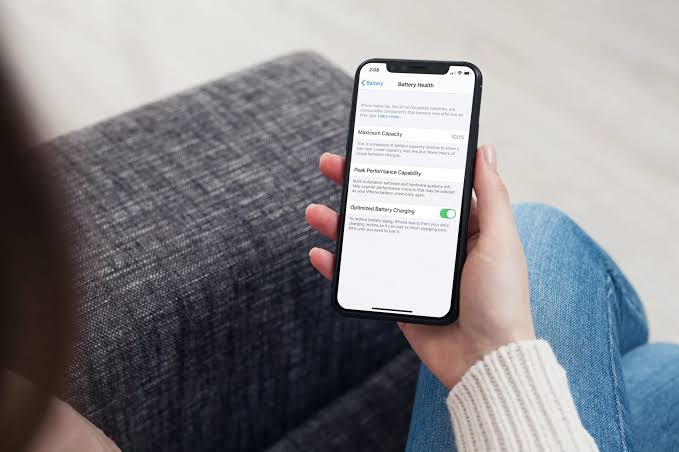How To See iPhone Battery Health and When is it Time for a Replacement?
The battery life of an iPhone is an important factor that affects the overall user experience. With extended use, the battery capacity of an iPhone decreases, which results in shorter battery life. However, it can be difficult to determine when it’s time for a battery replacement, especially if you’re not sure how to check the battery health of your device.

In this guide, we will explore how to see iPhone battery health and determine when it’s time for a replacement. By understanding these important aspects, you can maximize the lifespan of your iPhone’s battery and ensure that your device is always performing at its best.
Understanding iPhone Battery Health
Before diving into how to check your iPhone’s battery health, it’s important to understand what “battery health” means. Simply put, battery health is a measure of how much capacity your iPhone battery has left compared to when it was brand new. A battery’s capacity refers to how much power it can hold, and over time, that capacity will naturally decrease due to usage and age.
How to Check Your iPhone’s Battery Health
Checking your iPhone’s battery health is a straightforward process. Here are the steps to follow:
- Open the Settings app on your iPhone.
- Scroll down and tap on “Battery.”
- Tap on “Battery Health.”
In the Battery Health section, you’ll see two pieces of information: Maximum Capacity and Peak Performance Capability. Maximum Capacity refers to the amount of charge your battery can hold compared to when it was new. Generally, a new iPhone battery has a maximum capacity of 100%.
Peak Performance Capability, on the other hand, refers to your iPhone’s ability to deliver peak performance. When your iPhone’s battery health is degraded, it may not be able to deliver peak performance. This can result in slower app launch times, reduced frame rates when scrolling, and other performance issues.
When to Replace Your iPhone’s Battery
If your iPhone’s battery health is degraded, you may need to replace the battery. Here are some signs that it’s time to replace your iPhone’s battery:
1. Your iPhone shuts down unexpectedly
If your iPhone shuts down unexpectedly, it may be a sign that your battery is no longer holding a charge. If this happens frequently, you should consider replacing the battery.
2. Your iPhone’s battery life is significantly reduced
If your iPhone’s battery life is significantly reduced, it may be a sign that the battery is no longer holding a charge. If you find yourself needing to charge your iPhone multiple times a day, you should consider replacing the battery.
3. Your iPhone is slow or sluggish
If your iPhone is slow or sluggish, it may be a sign that your battery is no longer able to deliver peak performance. If this is the case, you may need to replace the battery.
4. Your iPhone’s battery health is degraded
If your iPhone’s battery health is degraded, it may be time to replace the battery. A battery with a maximum capacity of 80% or lower may need to be replaced
Wrapping It Up
Keeping track of your iPhone’s battery health is crucial in maintaining its overall performance and lifespan. By following the tips outlined in this guide, you can easily check your iPhone’s battery health and determine whether it’s time for a replacement. Remember to keep your device charged and avoid extreme temperatures, as these factors can also impact your battery life.



